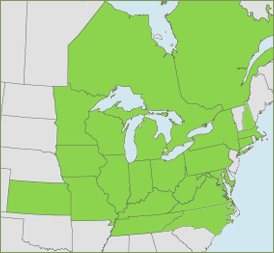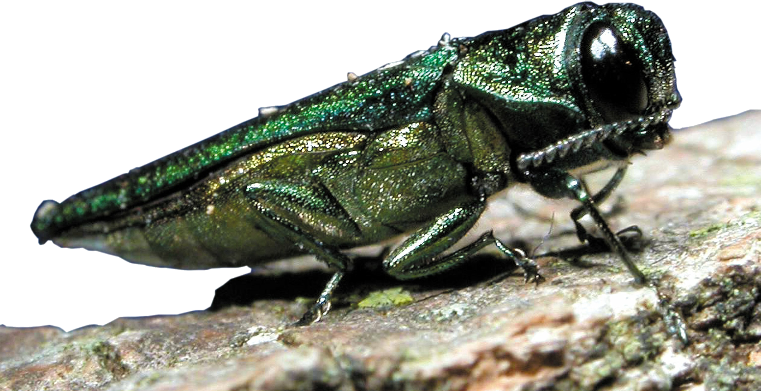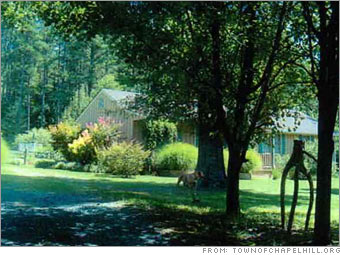Death of cialis cheap a Tree—good for birds, bad for people?
Donald McInnes, Ph.D.
The emerald ash borer was first discovered in the U.S. near Detroit in 2002.
Since then it has attacked and killed over 100 million ash trees.
There are 22 species of ash in the U.S. Though not a dominant tree in South Carolina and uncommon in the Midlands, in some parts of the country one in every twelve trees is an ash.
The emerald ash borer is a small, bright green metallic beetle, about one-third of an inch long. The color is quite striking. Like some of our other devastating insect pests (fire ants, gypsy moths, hemlock wooly adelgids, Asian tiger mosquitoes, to name but a few), emerald ash borers are originally from foreign lands—in this case eastern Russia and much of Asia. Larval emerald ash borers feed on the inner bark of their host tree and in the process, disrupt the tree’s vascular system—the tree loses the ability to transport water and nutrients. It usually takes only a year or two from first infestation until the ash is dead.
 The emerald ash borer is now in 20 states. This summer it was found for the first time in North Carolina. There are two sites it’s been found, in northern NC and eastern TN, that are both about 200 miles from Columbia. The Midlands does not have many, but our ashes will likely be under threat of the emerald ash borer soon.
The emerald ash borer is now in 20 states. This summer it was found for the first time in North Carolina. There are two sites it’s been found, in northern NC and eastern TN, that are both about 200 miles from Columbia. The Midlands does not have many, but our ashes will likely be under threat of the emerald ash borer soon.
Ash trees are on their way to becoming mythical beings, like elm trees and chestnut trees and dinosaurs. Their swift demise in the area colonized by the emerald ash borer—where ashes were common—has been devastating to forests and landscapes. But the rapid changes caused by this foreign invader have also provided researchers unique opportunities.
In the upper Midwest, where the emerald ash borer infestation is now over a decade old, the insects have been so plentiful that it has affected bird populations. Backyard birders are now more likely to see woodpeckers and other birds that prey on the little green beetles (see www.sciencedaily.com/releases/2013/08/130808124229.htm). Cavity nesting birds are expected to benefit, at least in the short-term, because of the abundance of dead trees. It will be interesting to see how bird populations change as the ashes fall and their spots in forests and landscapes are taken over by other species of trees.
It’s long been known that being able to see Nature, even just a small area through a hospital window, can help speed the recovery of medical patients. Recently a medical research team has linked the demise of ash trees to public health. The researchers looked at 1990–2007 county level mortality from a number of causes (heart disease, firearms, auto accidents, etc.), the quantity of ash trees and when the emerald ash borer was first reported in an area. After controlling for a large number of demographic variables (education, income, race, etc.), the researchers concluded that during those eighteen years, the devastation of ash trees by the emerald ash borer increased by over 21 thousand the number of deaths from cardiovascular and lower respiratory illnesses (see www.sciencedirect.com/science/article/pii/S0749379712008045). That’s about ten times the mortality U.S. forces have suffered in Afghanistan! This sort of natural experiment cannot conclude that the death of the ash trees or the presence of the borers directly caused people to die, and no one knows what the mechanism for this relationship might be, but maybe it has to do with the same forces at work when viewing Nature speeds up patient recovery.
See www.emeraldashborer.info for more information on emerald ash borers, and if you’re considering planting a tree this autumn, don’t choose an ash.






